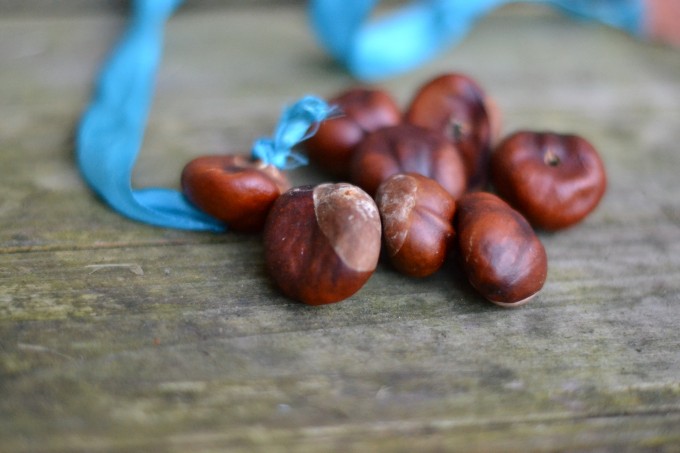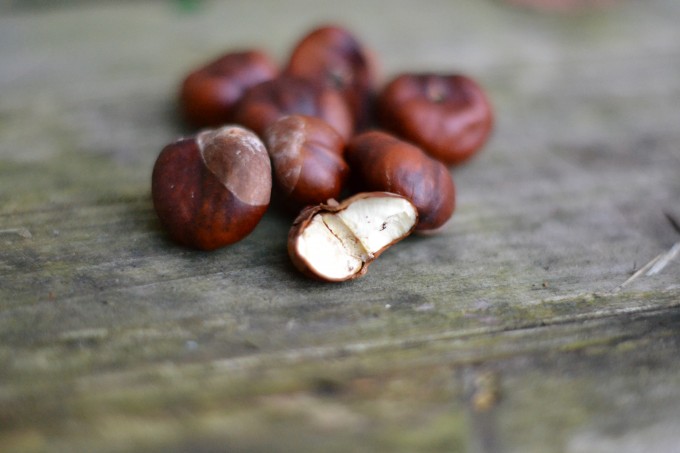We finally managed to find a few conkers ( horse chestnuts ) last weekend, so set about experimenting with how to make them stronger. A quick bit of research told me that standard methods of strengthening a conker are soaking in vinegar and baking.
Conkers for me are the first sign of autumn. As soon as they start to fall it means summer is really over and autumn has begun.
What is a conker?
Conkers are the seeds of the horse chestnut tree. They are shiny and brown and encased in a spiky green case.
Conkers are poisonous to humans and most animals.
Which animals eat conkers?
Squirrels, wild boar and deer eat conkers.
How to make a conker stronger science investigation
We used the opportunity to introduce thinking about experimental design. First, we discussed which conditions we should test.
- One conker untreated – this is our control and should show us what happens without any other condition in place.
- One conker soaked for 2 minutes in vinegar
- One conker baked in the oven for 2 minutes
- One conker soaked for 2 minutes in vinegar and baked in the oven at 200 degrees for a further 2 minutes
- One conker soaked for 5 minutes in vinegar and baked in the oven at 200 degrees for a further 5 minutes
- One conker soaked for 5 minutes in vinegar
- One conker baked in the oven for 5 minutes
Method
Observe the conkers, and select seven which are similar in size.
Carefully make a hole through the centre of each. Ask an adult to help. Try to avoid any splitting around the hole, as this could make the conker weaker.
Treat one conker for each condition as above, ask an adult to help.
Test the conkers!
Initially we did try to play a traditional conker game, but it was very hard to make the conkers break, so we resorted to swinging them against a wall and counting the number of swings taken to make the conker break.
Variables
Variables are things which might affect the experiment, in this activity the variables are:
- Size of the conker – we did try to select similar size conkers but there was some variation.
- Age of the conker – some were on the ground when we found them and some still inside their protective covering.
- Force at which the conker is swung.
Results
Our weakest conker was the one soaked in vinegar for 2 minutes and strongest the one soaked in vinegar and baked for 5 minutes. I would’ve expected the control to have been the weakest as it hadn’t been hardened at all, but this anomoly could be down to one of the variables above.
Do let us know how your results turn out if you try this conker investigation at home.
More things to do with conkers
Play the traditional conker game where players tie string to their conker and battle wth another player.
Make super cute conker spiders!
More activity ideas for autumn
Go on a treasure hunt to find autumn seeds and leaves.
Make your own flying helicopter seeds to learn about seed dispersal.
Last Updated on October 16, 2023 by Emma Vanstone



Leave a Reply